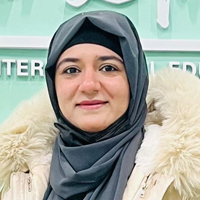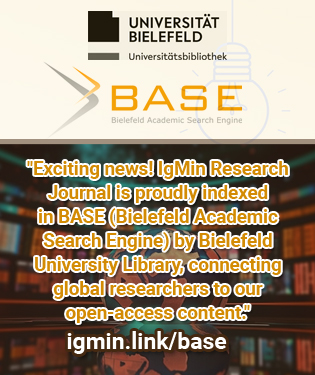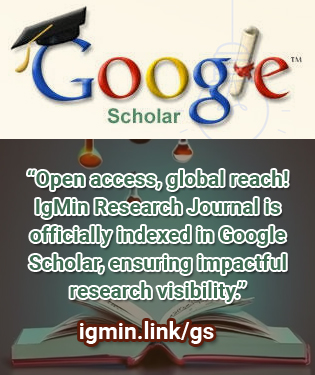简历
Zarmina Gul, PHD Scholar in Major Biology (Botany), currently working as PHD Research Scholar in Northeast Forestry University, Harbin, China. Mainly engages in research fields of Plant Stress Physiology, Plant Ecology, Phytochemistry, Plant Systematics and Taxonomy, Ethnopharmacology and Chromatography. I have published 9 SCI academic articles including 1 first and corresponding author. I have published articles in journals such as Industrial Crops and Products, Journal of Separation Science, International Journal of Environmental Research and Public Health and MDPI with high citation rates. As of now I am working on Plant Salinity Stress Plant Physiology research projects on Halophytic Crop Quinoa “Chenopodium quinoa” and Phytochemistry of beneficial tree “Moringa Oleifera”.
I received award for “First Prize of Outstanding Article” and “Second Prize of Outstanding Article Report Presentation” for my first author and corresponding author article entitled; “An insight into abiotic stress and influx tolerance mechanisms in plants to cope in saline environments.” In “The Belt and Road Conference on Green Sustainable Development and Technology Innovation forum” 8th China Forestry Academic Conference held at Northeast Forestry University, Harbin, China.
研究兴趣
Abiotic Stress Tolerance, Salinity Stress, Medicinal Plants and Herbs, Plant Stress Physiology, Plant Systematics, Phytochemistry, Chromatography, Ethnopharmacology, Ethnobotany, Plant Ecology and Environmental Sciences

Editor
工作详情
PHD Scholar
Northeast Forestry University
Chemical Engineering and Resource Utilization
China
贡献按题领域
探索 IgMin 科目
现在哪些文章在热门?
研究文章
- Exploring Upper Limb Kinematics in Limited Vision Conditions: Preliminary Insights from 3D Motion Analysis and IMU Data
- A Machine Learning-based Method for COVID-19 and Pneumonia Detection
- Risk of Nutritional Deficiencies and Changes in Dietary Patterns after Bariatric Surgery
- Contribution to the Knowledge of Ground Beetles (Coleoptera: Carabidae) from Pakistan
- The Examination of Game Skills of Children Aged 5-6 Years Participating in Movement Education
- Properties of Indium Antimonide Nanocrystals as Nanoelectronic Elements
Advertisement





